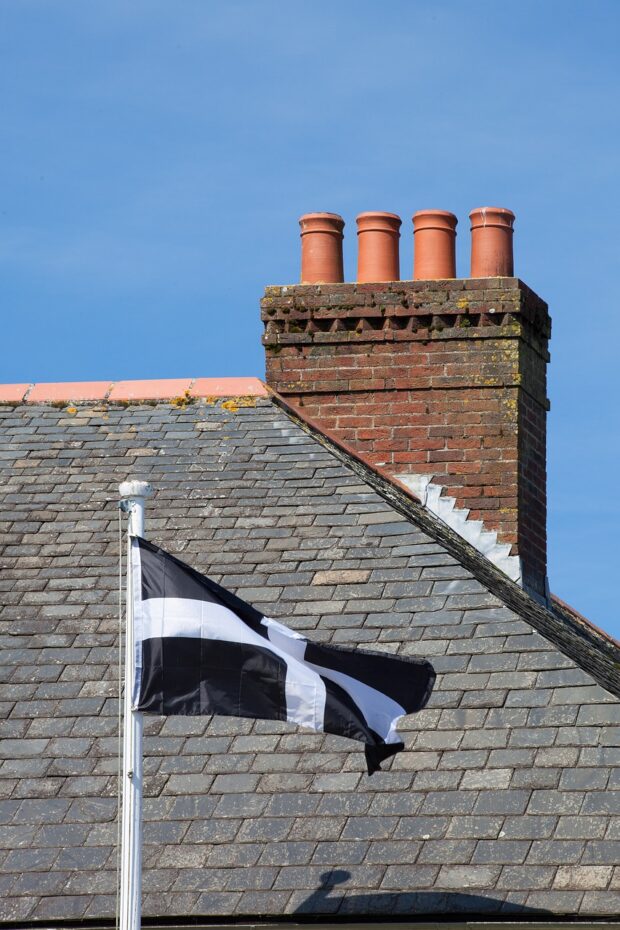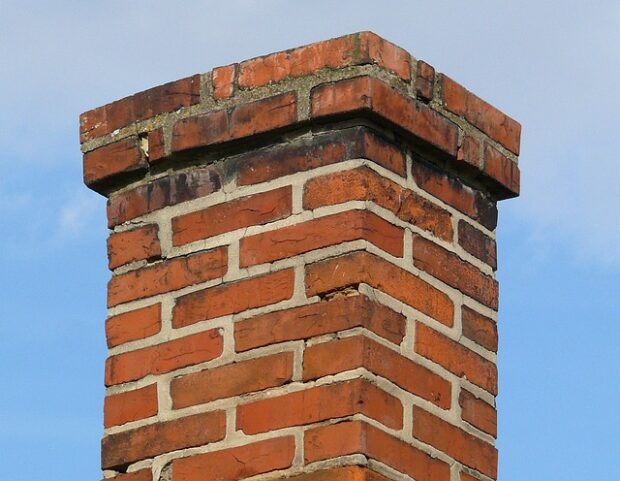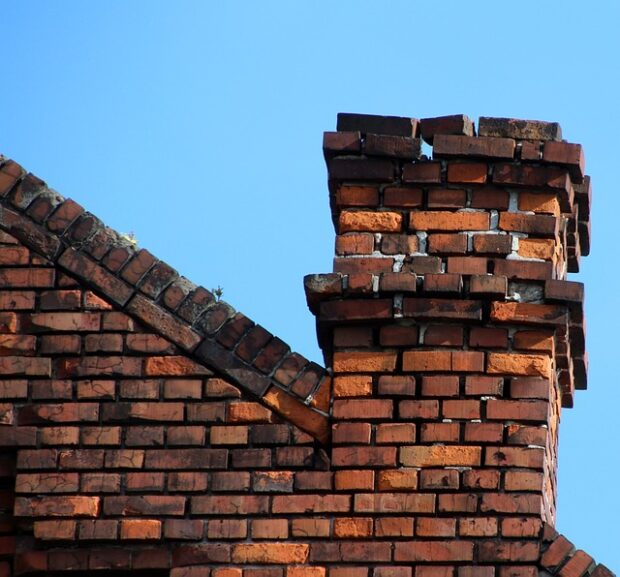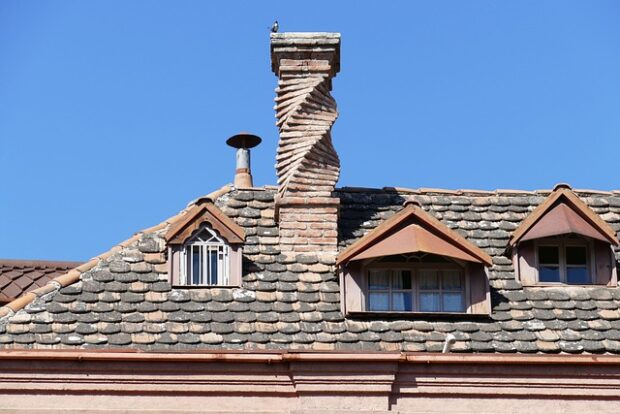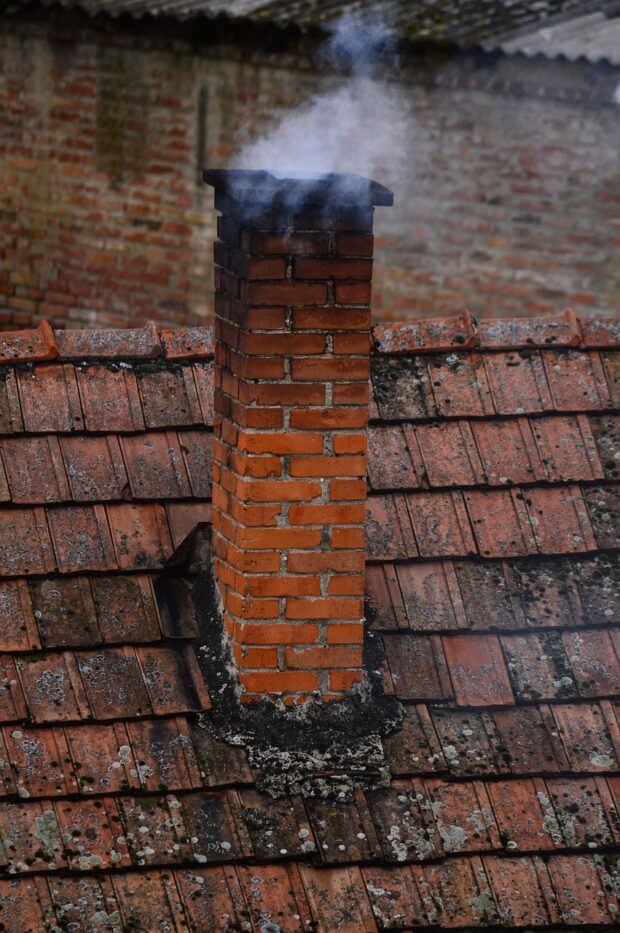Are you planning to renovate your home or simply want to get rid of an old, unused chimney? Before you start tearing it down, there are a few things that you should consider. Many homeowners overlook the fact that removing a chimney is a complex and potentially dangerous process. In this post, we will be discussing some of the most important things that you need to look into before tearing down an old chimney. Let’s get started!
Consider the Structure of Your Home
Chimneys are essential structural components of homes, and they provide support to your roof. Removing a chimney could weaken the structure of your home. Before tearing it down, consult with a structural engineer or a builder to assess the impact of its removal on your home’s stability.
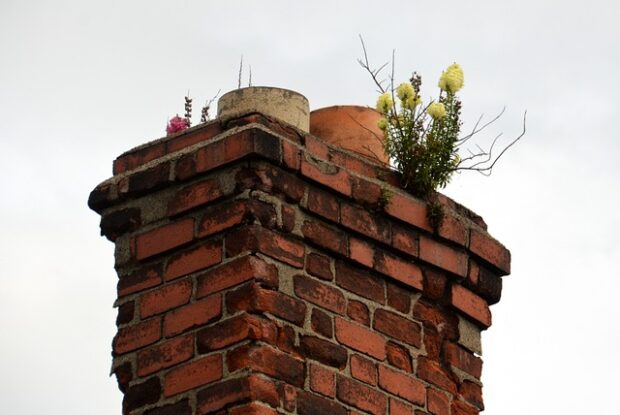
In some cases, it’s best to simply leave an old chimney as is. If the chimney is in good condition and shows no signs of deterioration or structural weakness, then leaving it alone may be the smarter choice. Also, depending on your home’s age and construction type, there could be permit requirements for removing a chimney.
But if you would rather avoid chimney maintenance altogether and get rid of the chimney, read on for more helpful information.
Assess Its Structural Integrity
Older chimneys that are no longer in use can deteriorate over time. This can lead to the chimney becoming unstable and potentially hazardous. It’s important to have the chimney assessed by a professional before tearing it down.
Hire a Professional Chimney Sweep
No matter what you decide to do with your chimney, you ought to hire a professional chimney sweep. They are experienced and trained in all aspects of chimney maintenance and repair. They can examine your chimney thoroughly and give you an honest opinion about whether removing it is necessary. A chimney sweep can also ensure that the removal process is completed safely and efficiently.
Obtain Permits
Removing a chimney is not a straightforward process and requires a lot of work. Before you start digging or demolishing, you need to obtain council or local government permits. These permits ensure that the work is done in accordance with building codes, regulations, and safety standards. Failing to obtain a permit may result in severe penalties, fines, and legal action.
When you’re ready to begin the chimney removal process, it’s important to know where to look for the necessary permits. Depending on your city or town, you may need to contact your local council or government office for information on obtaining a permit for removing an old chimney. Alternatively, many areas have online databases of building codes and regulations that can provide useful information for you.
Check for Best Removal Options
There are different approaches to removing a chimney, and the best option will depend on the structure, location, and condition of your chimney. For example, you may need to determine the type of bricks used in the construction of the chimney or whether the chimney is attached to another wall. A professional contractor, such as Tough build masonry & construction Inc, will be able to advise you on the best option, and how the removal process will be executed.
Dispose of the Debris Properly
Tearing down a chimney will create considerable debris and waste materials. You need to dispose of them properly to avoid any legal or environmental issues. Find out where you can take the debris if your local waste management sites accept it.
It is important to not dispose of debris in areas that are unregulated or illegal. This includes dumping them near waterways, public roads, and landfills as well as burning the debris which can cause air pollution and be hazardous to your health. Unregulated disposal may also incur fines from law enforcement or local authorities. It’s best to contact local waste management companies for proper disposal methods before you do anything.
Cap the Chimney
It’s important to properly cap your chimney to ensure that there are no future issues with water, animals, or debris. In the case of an unused chimney, it is common for it to become a nesting site for birds or other animals. There are different types of chimney caps available, and you need to choose the one that meets your needs.
Take Safety Precautions
As mentioned earlier, removing a chimney can be risky and dangerous, so you need to take safety precautions. This includes using proper safety gear, wearing a mask while cleaning up debris, and taking steps to prevent debris and dust from spreading throughout your home. You should only hire a licensed contractor to do the job and avoid attempting to do it yourself.
When it comes to chimney removal, the best time to do so is when the structure has become unstable or dangerous. This might include cracks in the walls due to deterioration or water damage from rain and snow that would require extensive repair work. If you decide to remove an old chimney, make sure to consult with a professional before you start tearing down any walls or structures. This way, you can be safe as well as handy with your work.
Removing an old chimney can significantly improve the aesthetics of your home and prevent potential dangers. However, it’s important to pay attention to the steps outlined above and hire a professional to ensure that the process is done safely and efficiently. If you need to remove your chimney, we hope this blog post has provided you with some valuable insights and information to make your decision-making process easier.

